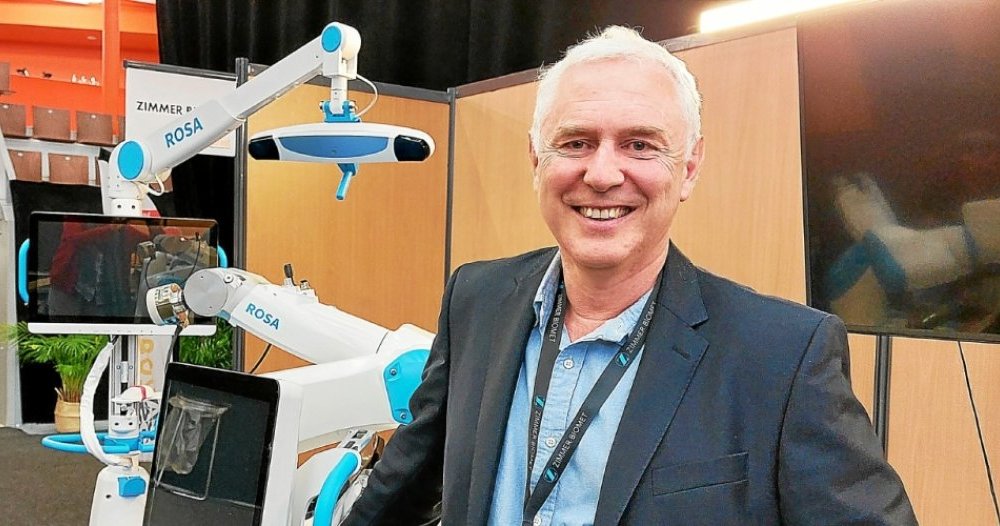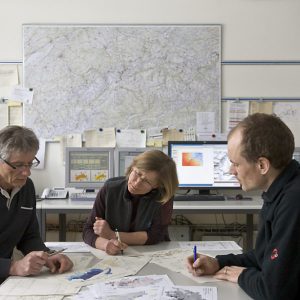“Computer-assisted surgery was born in the early 2000s and is particularly suitable for orthopedics because we work on things that do not deform, unlike visceral or neurosurgeons,” analyzes Professor Eric Stindel, surgeon at Brest CHRU and chair of the Conference on Assisted Orthopedics. Computer that responds to the English acronym CAOS 2022.
A prosthetic limb attached to a patient in the year 2024
After two years of interruption due to the Covid-19 pandemic, CAOS is back in a mixed version: more than 150 professionals have come to Brest Arena and about fifty more will follow up on telecoms. The event brings together two-thirds of the engineers and one-third of the surgeons attracted by health technologies from around the world. Brest shines internationally on this topic, thanks to the Laboratory for Medical Information Processing (LaTIM), an Inserm unit that has been working on these issues for thirty years. Professor Eric Stindel was its director and continues to work there on the Knee Follow-Up Research Project, a knee-attached prosthesis, in collaboration with Dr Darden, an engineer at the University of Brest. The first patient should benefit from a connected prosthesis by the end of 2023, beginning of 2024.
Surgery down to the millimeter
“The success of knee surgery is judged within 2 mm and less than 3 degrees, otherwise, over time, the prosthesis will deteriorate. The mechanical guides work, but they are quite rustic. Computer assistance allows more accuracy, it is possible to measure objects during the intervention. The surgery provides Computer-assisted greater safety as you can correct during the operation and do quality control. In traditional surgery, monitoring radiography is only done at the end of the operation, but it is often too late to start again. We are calmer when we leave the lump with the computer,” Professor Eric Stindel analyzes it.
A robot that stops the surgeon
There are different types of robots, some of which carry out the plan set before the intervention thanks to the guidance system, and others that can stop the gesture of the surgeon holding the mechanical arm if he goes beyond the planned plan. Finally, infrared tracking systems can locate the surgeon’s hand and the patient’s bones in space, show them on the screen, and measure distances and angles, but without blocking any gesture.
Many surgeons have taken advantage of these innovations, some for complex cases, others in their routines. “Once you have these tools permanently, it’s hard to do without them.”

“Certified gamer. Problem solver. Internet enthusiast. Twitter scholar. Infuriatingly humble alcohol geek. Tv guru.”





